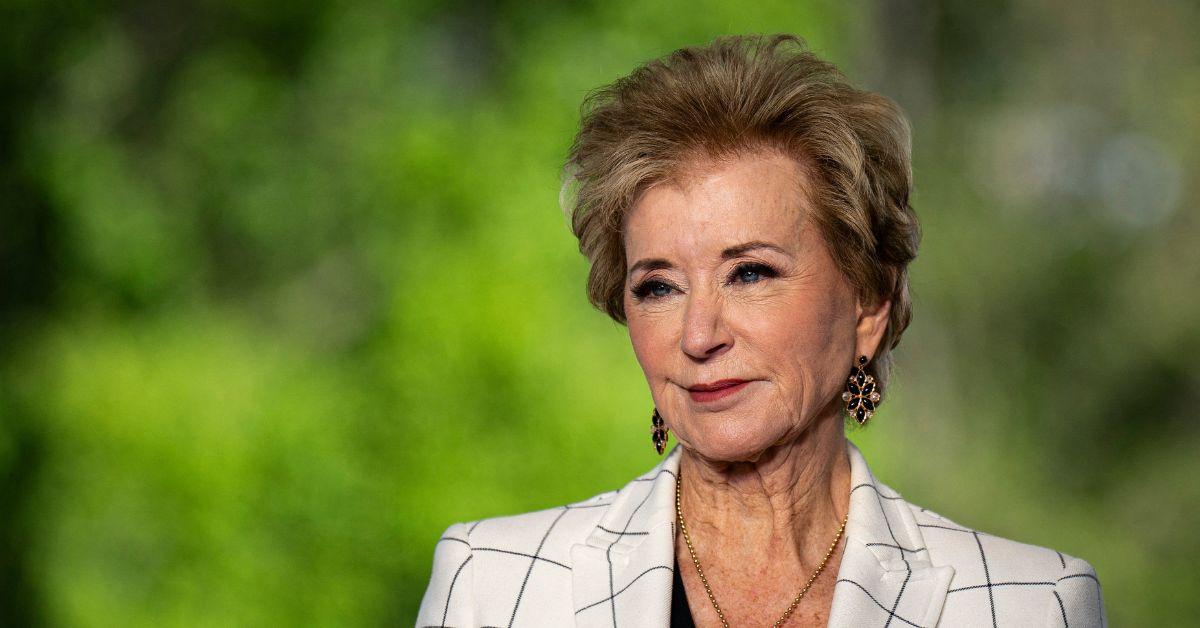Student Loan Borrowers in Default Might Have Their Wages Garnished by the Government
Wage garnishment is one of the ways the government can collect on debt.
Published April 22 2025, 1:08 p.m. ET

Your student loan repayment plan might be about to get a little more intense. According to reporting from CBS, the Department of Education is planning to begin collecting payments from student loan borrowers who are in default, meaning that they will make these collections involuntarily.
Involuntary collections can take a number of forms, but one of them is wage garnishment. Here's what we know about garnishing wages, and what it looks like in practice.

What is wage garnishment?
Wage garnishment is a procedure that the federal government can use to collect on an outstanding debt. Essentially, it requires that your employer withhold at least a portion of your wages so that they can go towards paying some outstanding balance. Obviously, this is a measure of last resort, as it typically means that you get either no paycheck or a smaller paycheck, which may throw the rest of your life out of balance.
The Department of Education is reportedly planning to start collecting on outstanding debts through its Treasury Department's offset program, which takes back outstanding debts by withholding federal funds like tax refunds, social security payments, or federal salaries. Those in default on their loans will apparently receive an email notifying them in the next two weeks, and urging them to consider repayment options.
Wage garnishment won't start until later this summer, and notifications will be sent out to affected borrowers at the time. Less than 40 percent of student loan borrowers are current on their repayment plans, and more than 5 million borrowers are now in default. It seems like many borrowers will be facing rude awakenings if they are forced to start paying back on their loans in one way or another.
Student loans have not been sent for debt collection since 2020.
One of the reasons so many people have defaulted on their student loans is that student loans have not been sent to collection since March of 2020, which is when President Trump paused payments and interest accrual during the COVID-19 pandemic. That policy was extended through the Biden administration, even as the pandemic eased. Now, it seems Trump's administration is ready to put the screws to the people who borrowed for college.
"Going forward, the Department of Education, in conjunction with the Department of Treasury, will shepherd the student loan program responsibly and according to the law, which means helping borrowers return to repayment — both for the sake of their own financial health and our nation's economic outlook," said Linda McMahon, Trump's new head of the Department of Education.
McMahon also clarified that, unlike the Biden administration, the Trump administration had no plans to forgive any student loans. In fact, they seem determined to do exactly the opposite, restarting payment and getting the revenue that comes alongside it. What that means for individual borrowers will depend on each person's specific case. What seems clear, though, is that the honeymoon period where no money was being collected is coming to an end.